Training emotions
Children with autism typically love trains – and avoid faces. British researchers have combined these two details to create toy trains that bear human faces to help kids with autism read emotions.

Children with autism typically love trains – and avoid faces. British researchers have combined these two details to create toy trains that bear human faces to help kids with autism read emotions.
The National Institutes of Mental Health announced yesterday that it was canceling a study that aimed to study chelation therapy for children with autism.
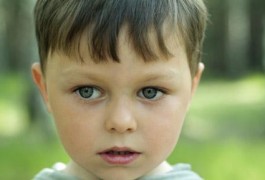
My colleagues at the foundation are announcing today that scientists anywhere in the world can apply to work with DNA samples collected uniformly from 400 families in which a single child has been diagnosed with autism.
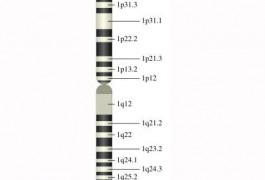
Deletions and duplications of DNA at a hotspot on chromosome 1 are associated with a wide range of developmental abnormalities including autism, mental retardation, heart problems and cataracts, scientists are reporting today.
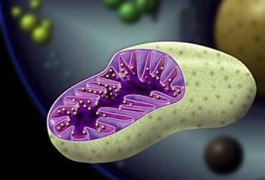
Mitochondrial mutations are present in at least 1 in 200 people, a number exponentially higher than previous estimates of their prevalence, according to a study published this summer in the American Journal of Human Genetics.
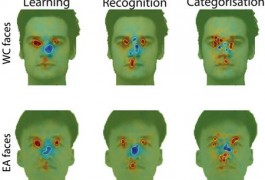
When you look at someoneʼs face, scientists say, you look first at their eyes, then their nose or mouth. In contrast, eye-tracking experiments have shown that people with autism rely more on the mouth and less on the eyes to interpret emotions.

Among many parents of children with autism, food free from wheat and dairy is considered one of the most effective ways to improve the symptoms of autism ― despite little solid evidence to support that claim.

It took 50 years for scientists to develop instruments reliable enough to be considered the gold standards for diagnosing autism. Autism has always been around, but it was not until the mid-1940s that Leo Kanner in the United States and Hans Asperger in Austria, both physicians, independently described children with what we now recognize as autism.
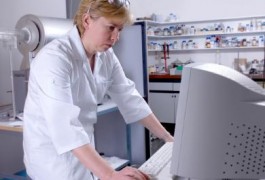
I’m a journalist and a blogger ― stands to reason that I think all things Internet are generally good. Itʼs a lot easier to find out what I should write about, whom I should interview about it, how I can reach them… you know the drill. Life is just easier.
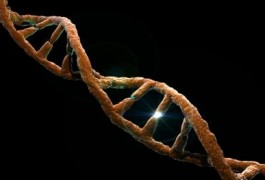
People with schizophrenia have a much higher frequency of duplications and deletions in their DNA, two independent teams of researchers are reporting today. The teams have both found that schizophrenia is associated with genetic changes in regions of chromosomes 1, 15 and 22.